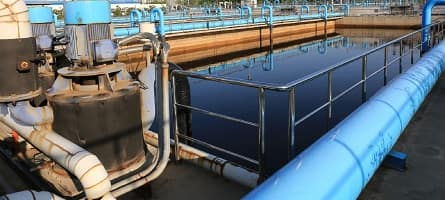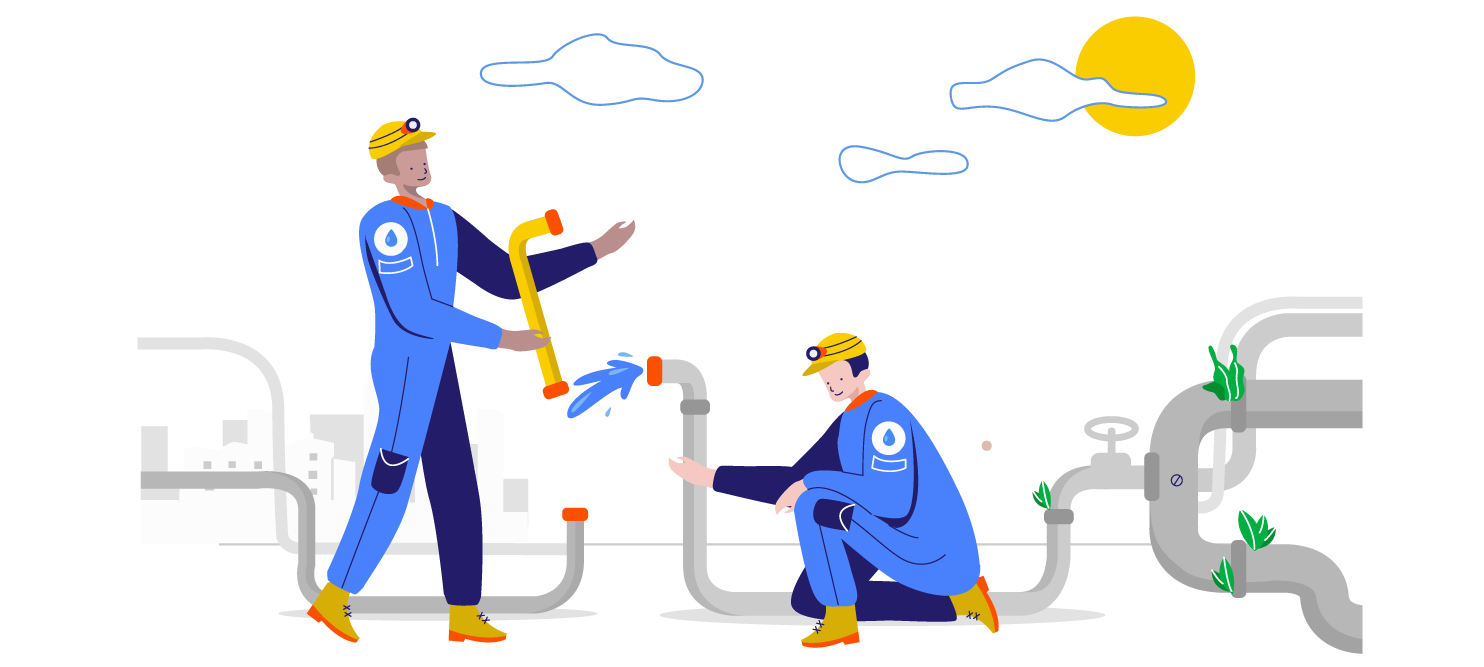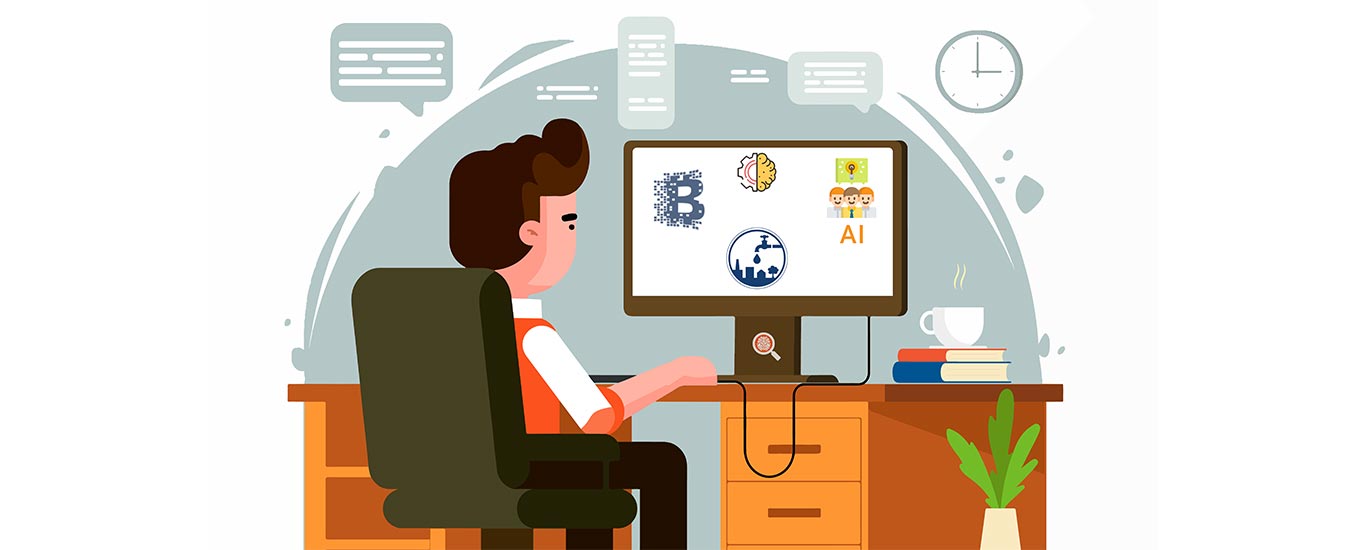IoT, Blockchain & AI-powered Technology for efficient Water Conservation


5-10% of retail utility water is unaccounted and unbilled for, due to metering inaccuracies, undetected leaks or unauthorized consumption. Through real-time monitoring and detection, utilities can avoid such losses well in advance.
In light of the global water crisis, industries with water-intensive manufacturing processes are required to uphold best practises for water conservation and environment safeguarding.
Many utilities don’t have the capabilities to accurately factor in climatic conditions, economic scenarios and historic rate revision impacts in their scenario planning.
Ideally, a utility’s assets should operate at 70% or more capacity consistently. More often than not, a degradation in performance goes unnoticed, leading to money wasted on unplanned downtimes and maintenance cost overruns.


Our clients in textile dyeing, power, pharma, pulp & paper, chemical and petrochemical industries generate large volumes of wastewater with high salinity/TDS that require efficient management. In most cases, such wastewater is discharged via a plant outlet to evaporation ponds or deep wells, causing water pollution.
With growing environmental concerns regarding inefficient water discharge practices, the Zero Liquid Discharge(ZLD) process was developed. Now, industries can reuse their wastewater by way of industrial effluent treatment, sewage reuse and desalination.
By engineering an Industrial Platform powered by IoT, Blockchain and AI technologies, we enabled increased revenue, improved meter accuracy, efficient water conservation, and lesser energy costs, for our clients.
The flow rate of water at inlet and outlet points of effluent treatment is monitored. This flow meter data is transmitted to the blockchain through an IoT Gateway device, which is then transmitted to the Blockchain Provenance core. Any deviation in the flow meter reading indicates the discharge of water from outlet to external water bodies, in violation of the ZLD contract, risking penalization.
What’s more, the blockchain enhances security for IoT Gateway devices by preventing the installation of malicious software on gateway devices. Subsequently, the data is maintained in an Enterprise Data lake. Real-time data is gathered via Artificial Intelligence techniques and feedback optimized models are executed.
Identifies the median trends of water consumption at the consumer or industry level, and provides dashboards to indicate water consumption against the average.
Segments customers into distinct water usage groups.
Identifies trends related to water consumption across consumer segments.
Identify water losses across loss categories, defined as per AWWA standards.
Enable Pricing Simulation and Optimization.
Calculate residual life of assets based on parameters like pump speed, flow rate, pressure etc.